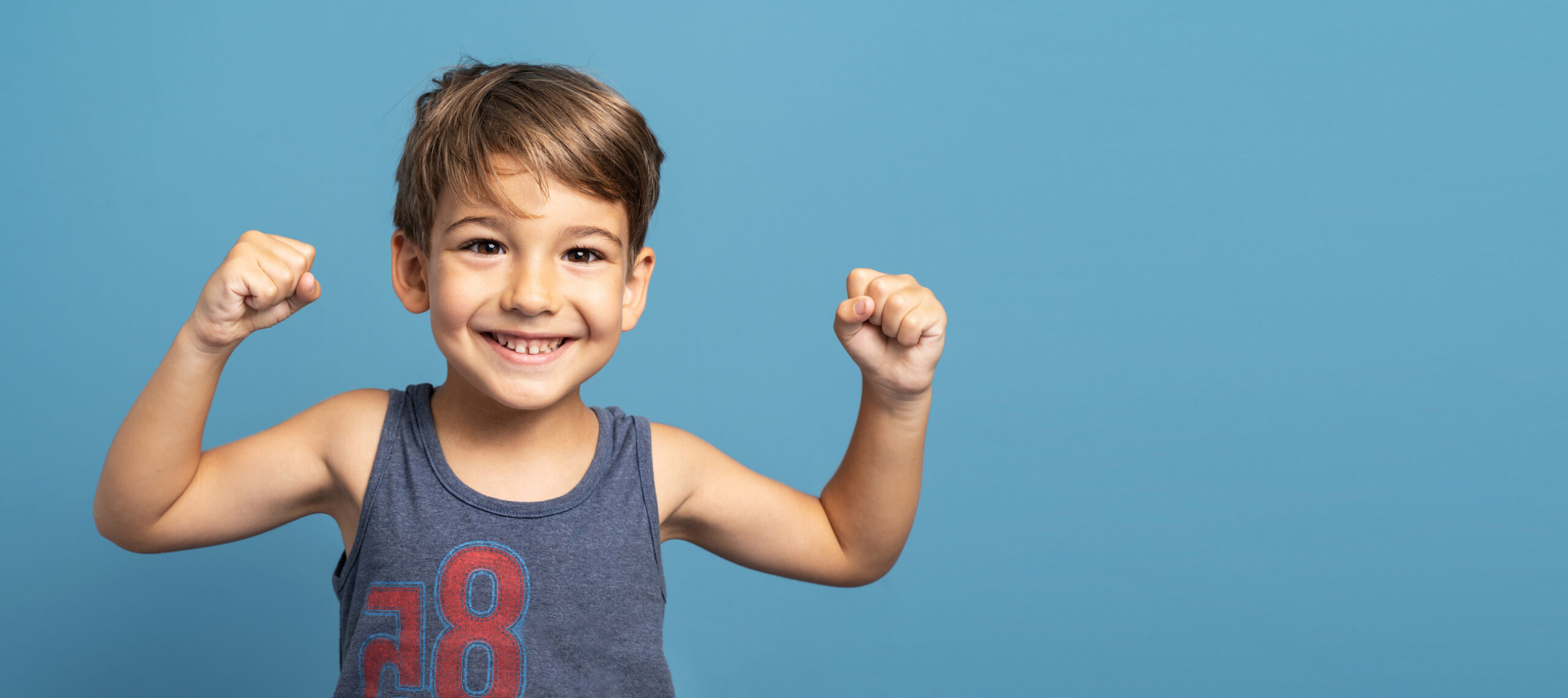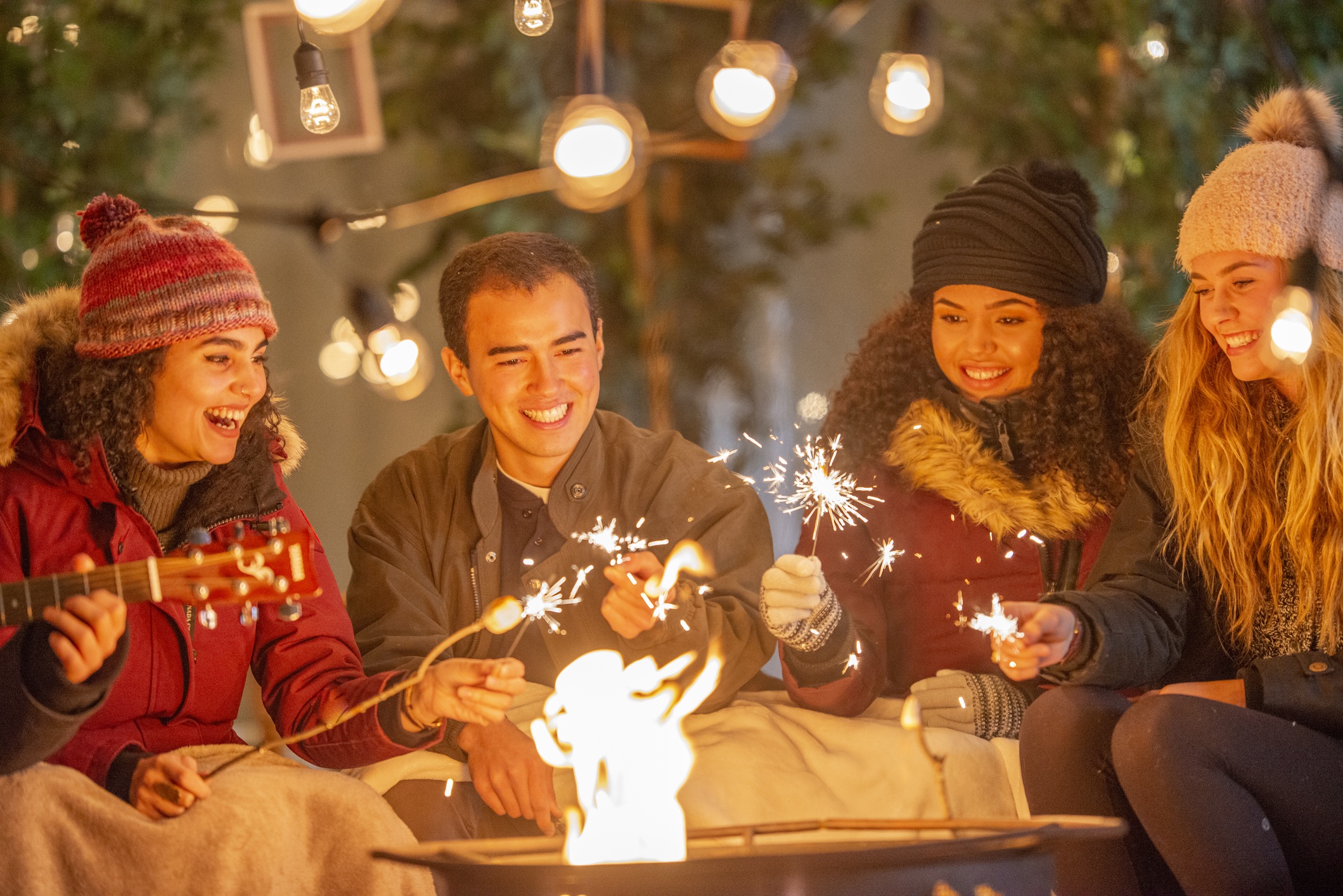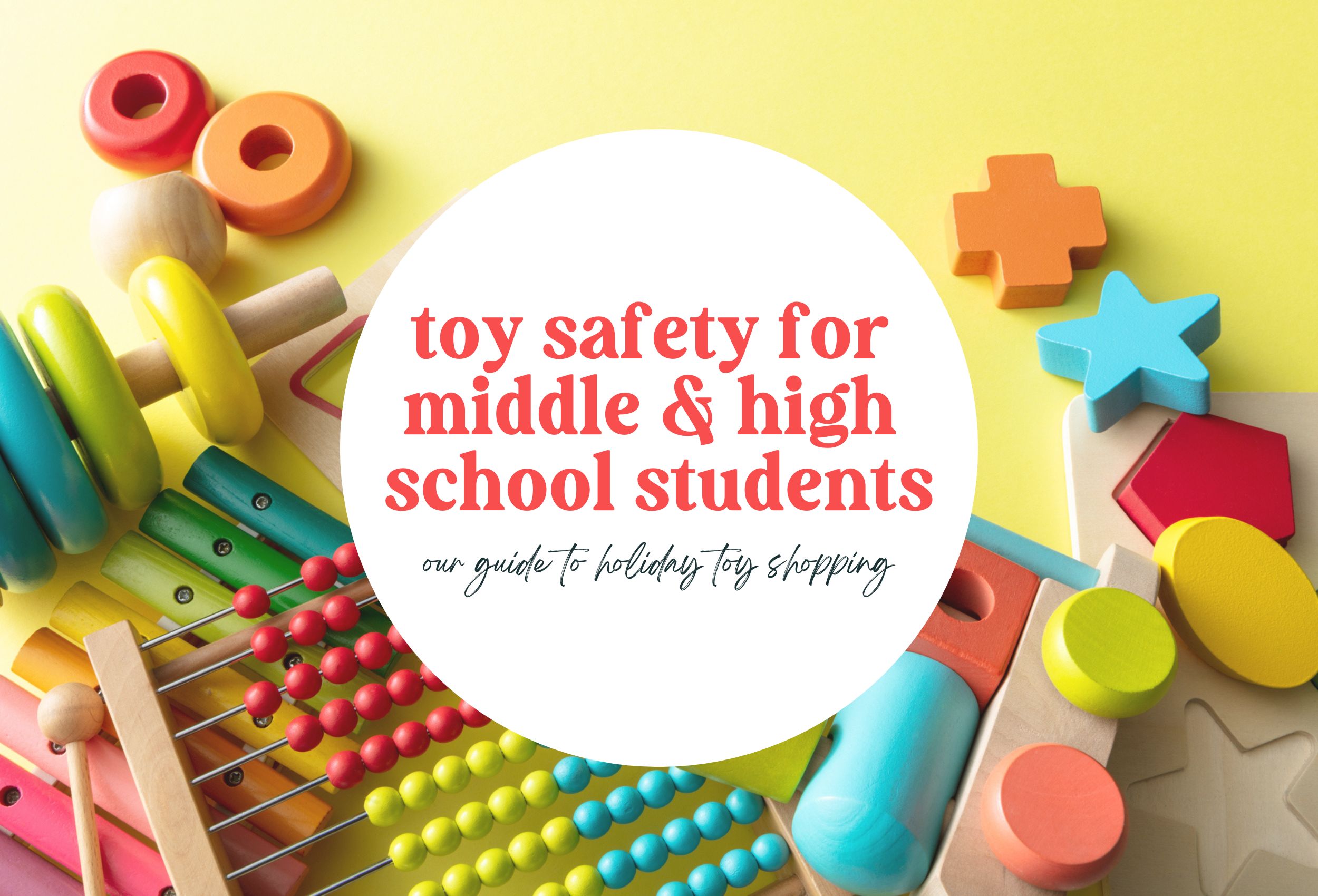Sexual abuse is probably not something you think about regularly when it comes to kids – and it’s definitely not something you ever want to imagine could happen! But the truth is, one in 10 children in America will be sexually abused before the age of 18.
Children (which we define as anyone under the age of 18) are sexually victimized at a much higher rate than adults are sexually victimized. There are approximately 42 million adult survivors of child sexual abuse living in the U.S. alone. This means that you know, and might even love, a survivor.
Part of the reason child sexual abuse, sometimes called child molestation or sexual assault, is so common is because people generally don’t want to talk about it. However, the more we talk about it, the safer kids become!
What is child sexual abuse?
Child sexual abuse is any sexual act between an adult and a minor, or between two minors, when one exerts power over the other. It may include forcing, coercing, or persuading a minor to engage in any type of sexual behavior. It also includes non-contact acts (such as exhibitionism, exposure to pornography, voyeurism, communicating in a sexual manner), commercial sexual exploitation (sex trafficking), and participating in visual materials such as pornography. In the U.S., the federal age of consent is 18 years old, which means regardless of circumstances, no one under that age can legally consent to sexual activity–especially with an older adult.
It’s important to know that, while sexual abuse can happen to any child between 0 and 18, children are most vulnerable to abuse between the ages of 7 and 13. The median age for reported abuse is 9 years old. However, of children who are sexually abused, more than 20% are abused before the age of 8.
Why we call it child sexual abuse
Though it may feel indelicate or uncomfortable, using the phrase “child sexual abuse” is a protective measure. It leaves no room for misunderstanding. Terms like “rape,” “sexual assault,” or “molestation” can invoke visceral reactions and may imply one particular act or the use of physical force. However, physical force may not always be present in cases of abuse. Child sexual abuse is a more useful and accurate term because it can refer to a wide variety of inappropriate acts against a child.
When we understand abuse as a power dynamic in which a more powerful person forces themselves upon a less powerful person, educating children to protect themselves is insufficient on its own. Prevention and protection must come from adults, who are legally and morally responsible for children’s wellbeing. It’s unrealistic to think that a child should be responsible for rejecting the advances of an adult.
This can be a tough subject to face, but there is good news: now that you know the truth what your kids or friends could be facing, you have the chance to be a changemaker. Your response could make all the difference for someone going through a tough time!
Want to learn how to protect your kids against child sexual abuse? Check out Darkness to Light’s resources and trainings or view our resources page.












Comments are closed.